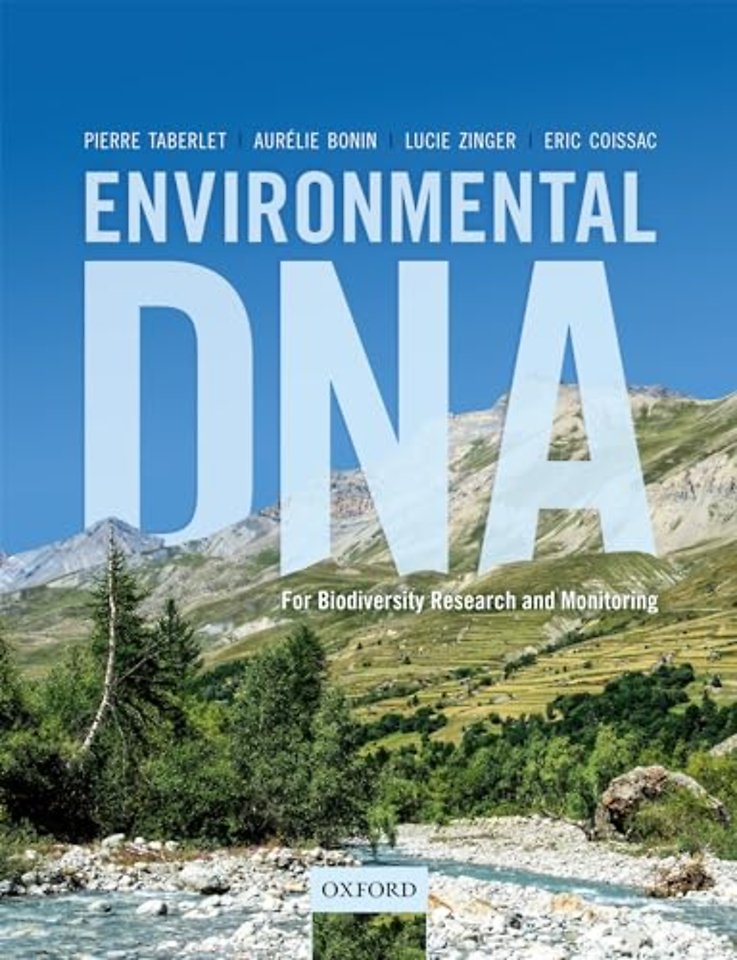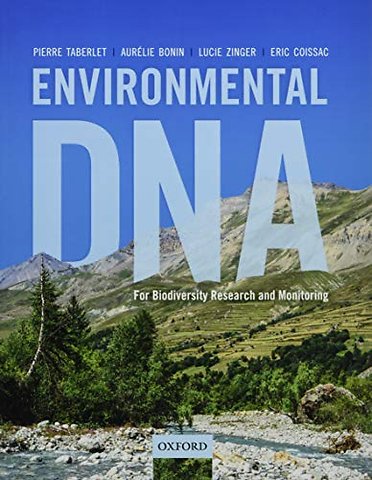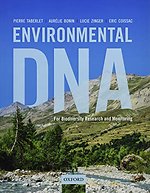Environmental DNA
For Biodiversity Research and Monitoring
Samenvatting
Environmental DNA (eDNA) refers to DNA that can be extracted from environmental samples (such as soil, water, feces, or air) without the prior isolation of any target organism. The analysis of environmental DNA has the potential of providing high-throughput information on taxa and functional genes in a given environment, and is easily amenable to the study of both aquatic and terrestrial ecosystems. It can provide an understanding of past or present biological
communities as well as their trophic relationships, and can thus offer useful insights into ecosystem functioning. There is now a rapidly-growing interest amongst biologists in applying analysis of environmental DNA to their own research. However, good practices and protocols dealing with environmental DNA
are currently widely dispersed across numerous papers, with many of them presenting only preliminary results and using a diversity of methods. In this context, the principal objective of this practical handbook is to provide biologists (both students and researchers) with the scientific background necessary to assist with the understanding and implementation of best practices and analyses based on environmental DNA.
Specificaties
Vaak samen gekocht
Anderen die dit boek kochten, kochten ook
Net verschenen
Rubrieken
- aanbestedingsrecht
- aansprakelijkheids- en verzekeringsrecht
- accountancy
- algemeen juridisch
- arbeidsrecht
- bank- en effectenrecht
- bestuursrecht
- bouwrecht
- burgerlijk recht en procesrecht
- europees-internationaal recht
- fiscaal recht
- gezondheidsrecht
- insolventierecht
- intellectuele eigendom en ict-recht
- management
- mens en maatschappij
- milieu- en omgevingsrecht
- notarieel recht
- ondernemingsrecht
- pensioenrecht
- personen- en familierecht
- sociale zekerheidsrecht
- staatsrecht
- strafrecht en criminologie
- vastgoed- en huurrecht
- vreemdelingenrecht









